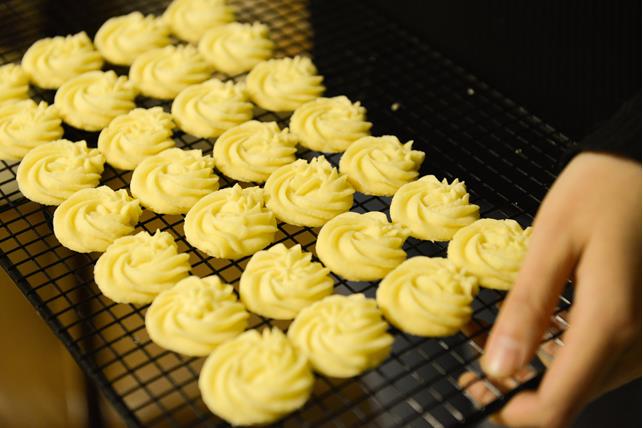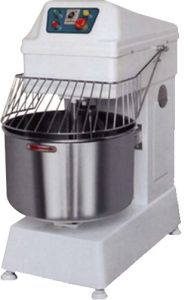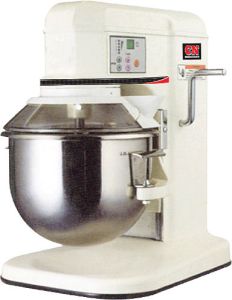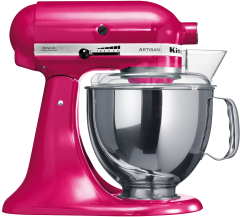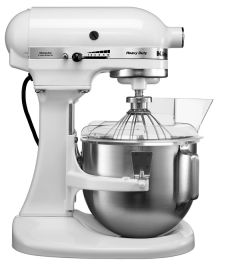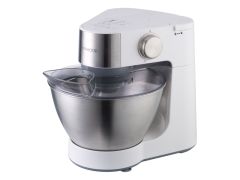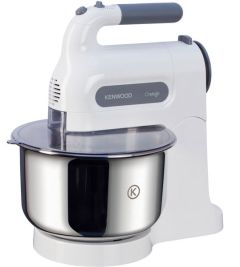Why spend so much time and energy in mixing and kneading dough by hand when you can opt for a bakery mixer? Bakery mixers are great modern conveniences as they are particularly useful in the process of dough making. Behind every great baker, there's a good mixer.
So before purchasing a mixer, you should know the differences between the many types of bakery mixers.
Vertical or Planetary Mixer
Vertical mixer, also known as planetary mixer, derives its name from the orbital motion of the dough agitator along the fixed mixing bowl. They can be used for a broad range of applications such as mixing, blending and whipping. As a plus, this type of mixer comes with interchangeable attachments such as dough hook, paddle, whisk and etc. This means that the vertical mixer is versatile enough to handle various types of dough mixture. Planetary mixers can also be used for creating creams, batters, whipping egg and dispersing the recipe ingredients uniformly.
Horizontal Bakery Mixer
This type of mixer is widely used in the baking industry. The beater of a horizontal bakery mixer rotates horizontally within the large cylindrical barrel, offering the best stretch and fold action. Due to its relatively powerful and high speed action, any thick and viscous material in the barrel would be perfectly sheared and mixed in less than 15 minutes. Once the mixing and kneading process is completed, the dough can be easily collected through the dough trough. One of the greatest advantages of a horizontal mixer is that the large capacity bowl can accommodate large quantities of dough at a time. However, this feature can be a disadvantage as larger mixers tend to generate more heat and eventually affect the quality of the end product.
Spiral Bakery Mixer
The most popular choice for many foodservice operators, especially bakers. Generally, spiral mixers are ideal for a high volume of dough making as they come in a variety of sizes and configurations. Unlike vertical and horizontal bakery mixers, the agitator of the spiral bakery mixer remains stationary while the bowl rotates to mix the dough perfectly. The spinning bowl rotates more gently and efficiently than a horizontal mixer. As a result, this helps retain the heat as well as friction to a minimum, yielding a homogeneous mass of dough. Needless to say, spiral bakery mixers enable bakeries to produce a wide range of bread, pastries, cookies, and other bakery products with consistent quality.

